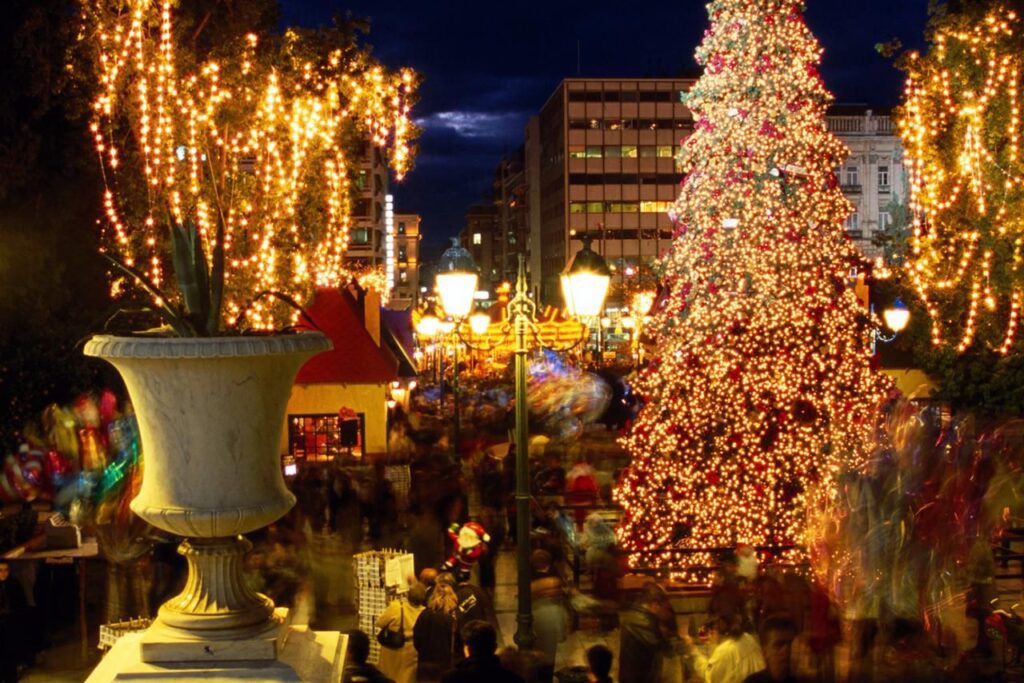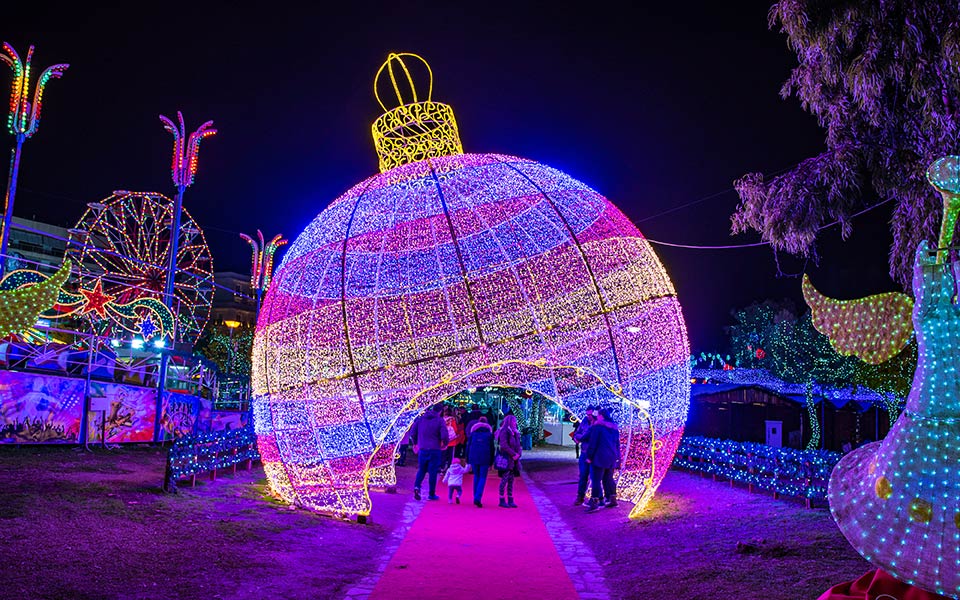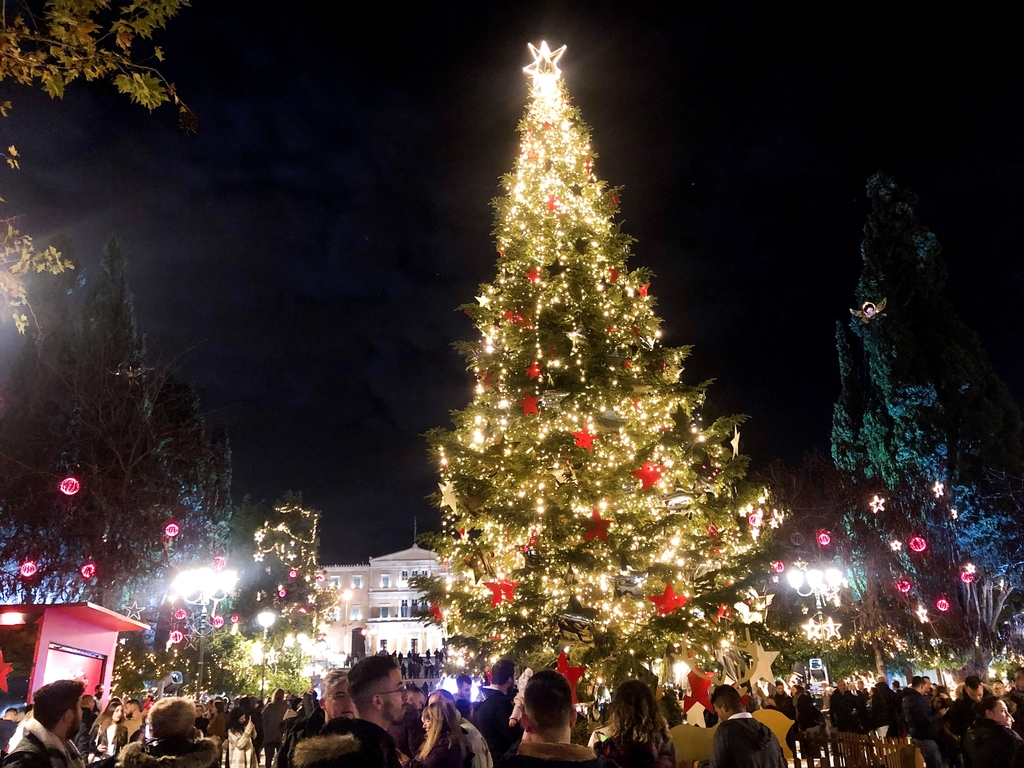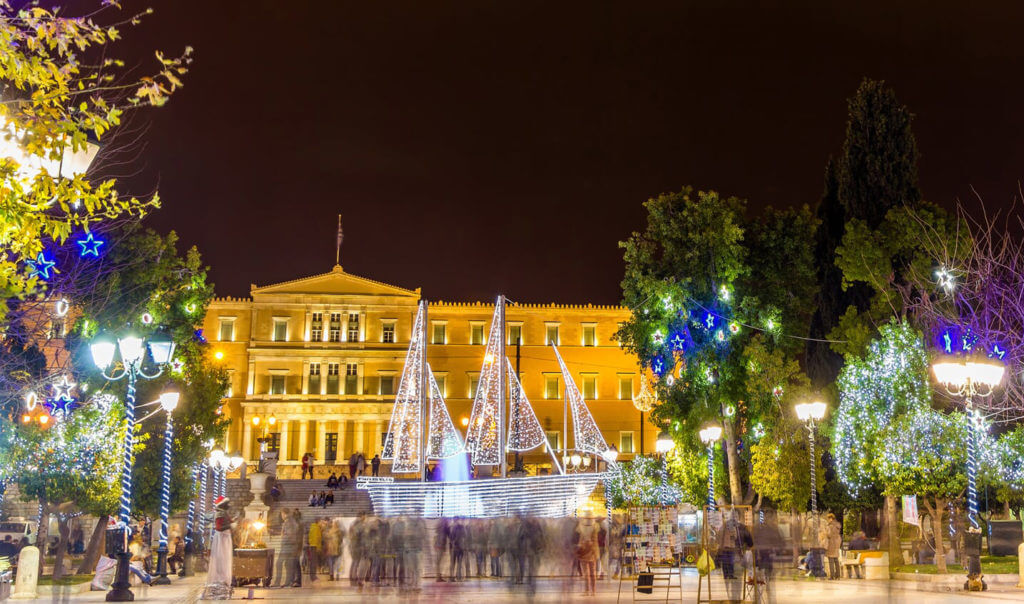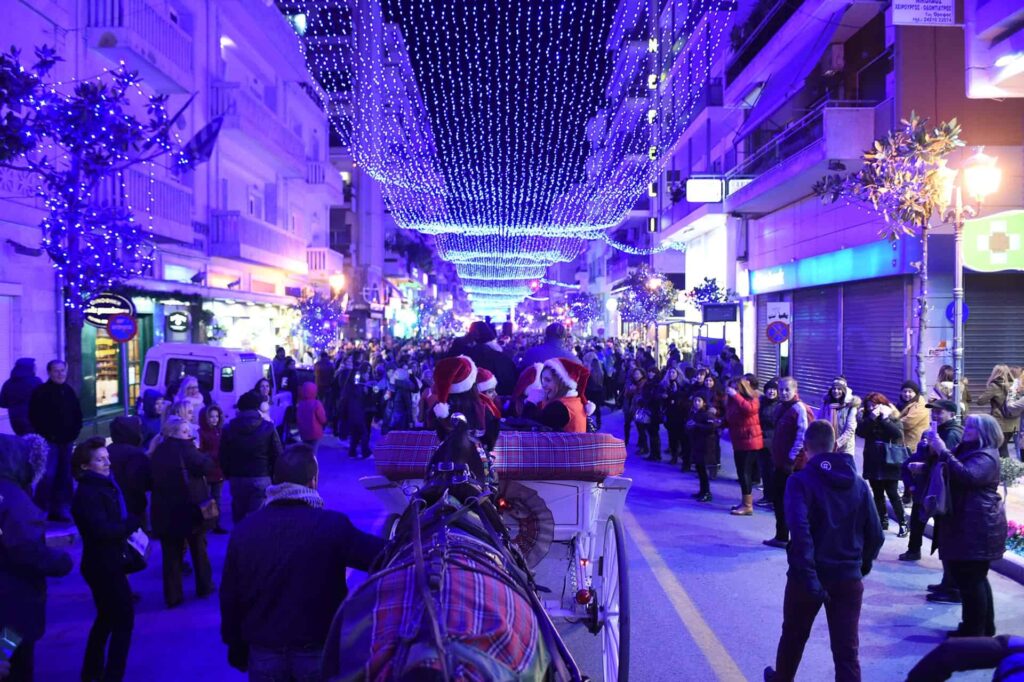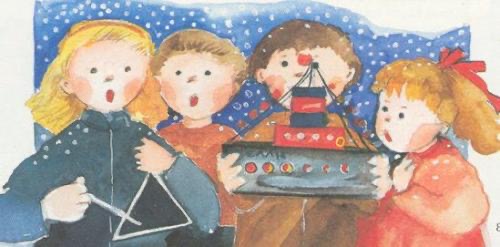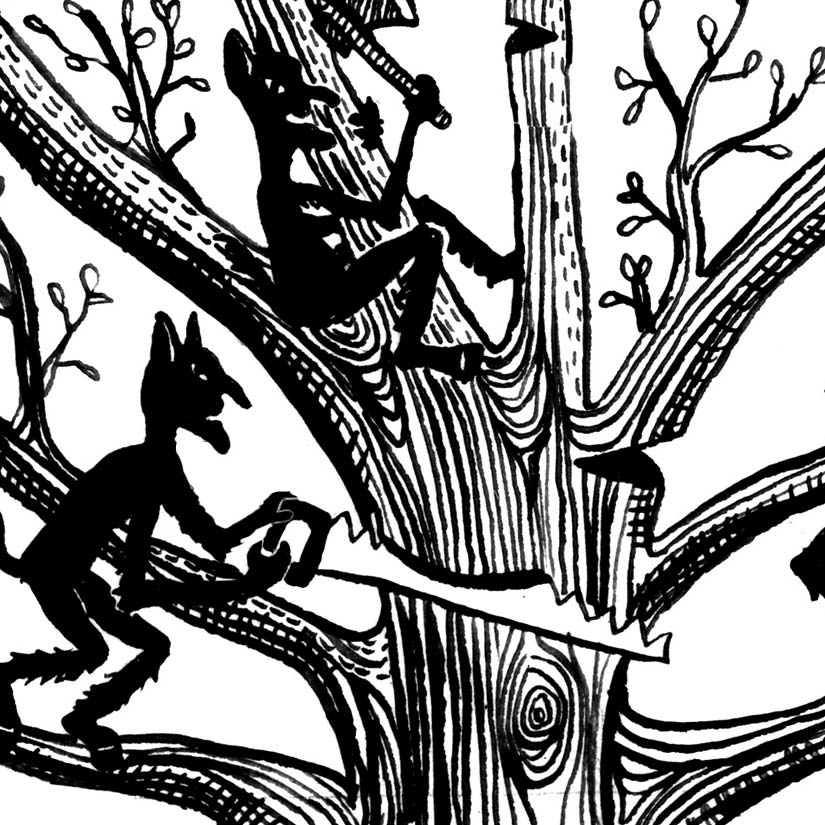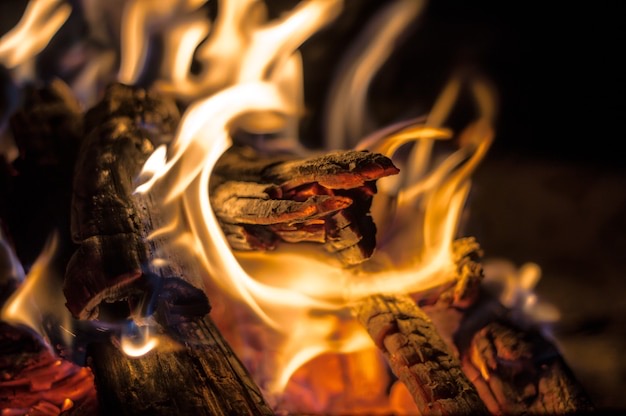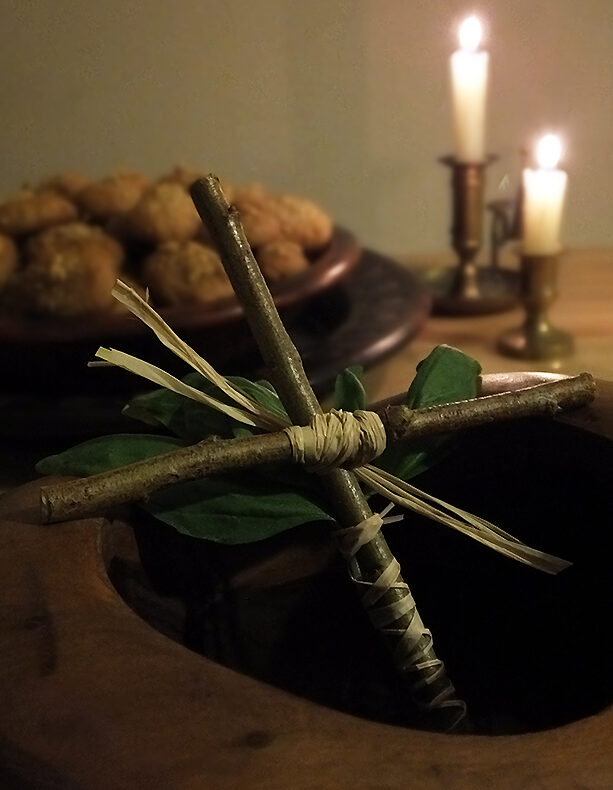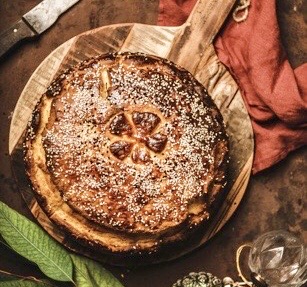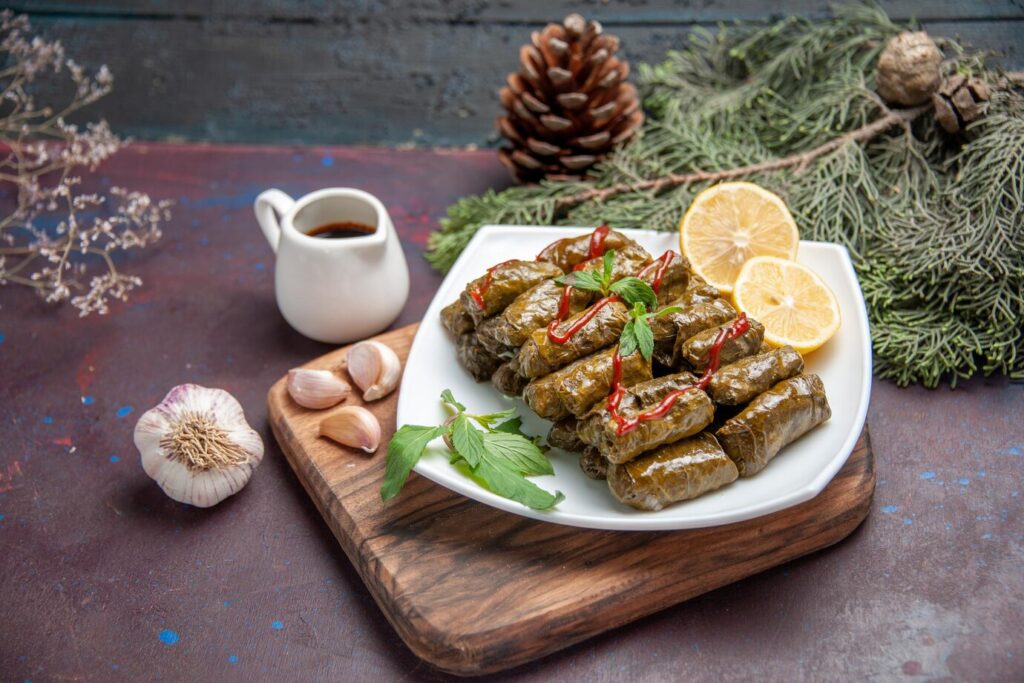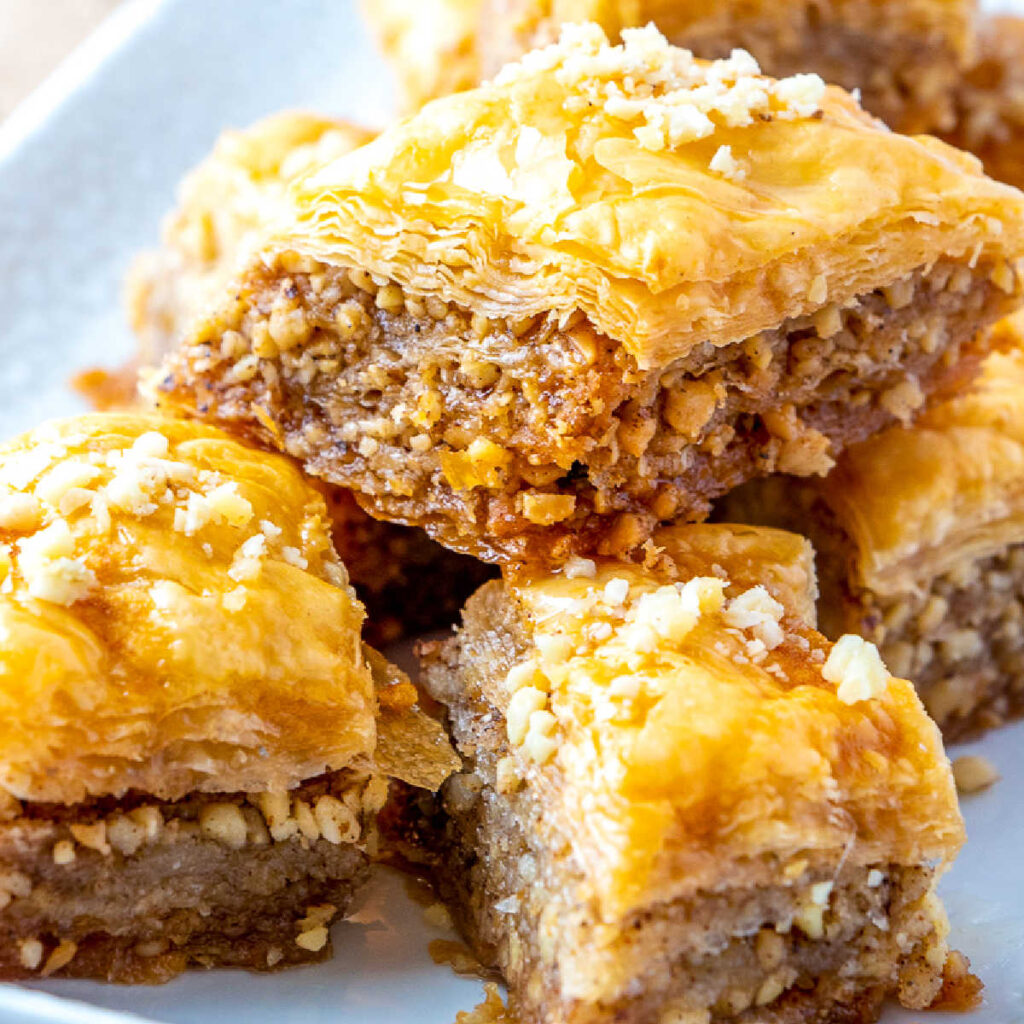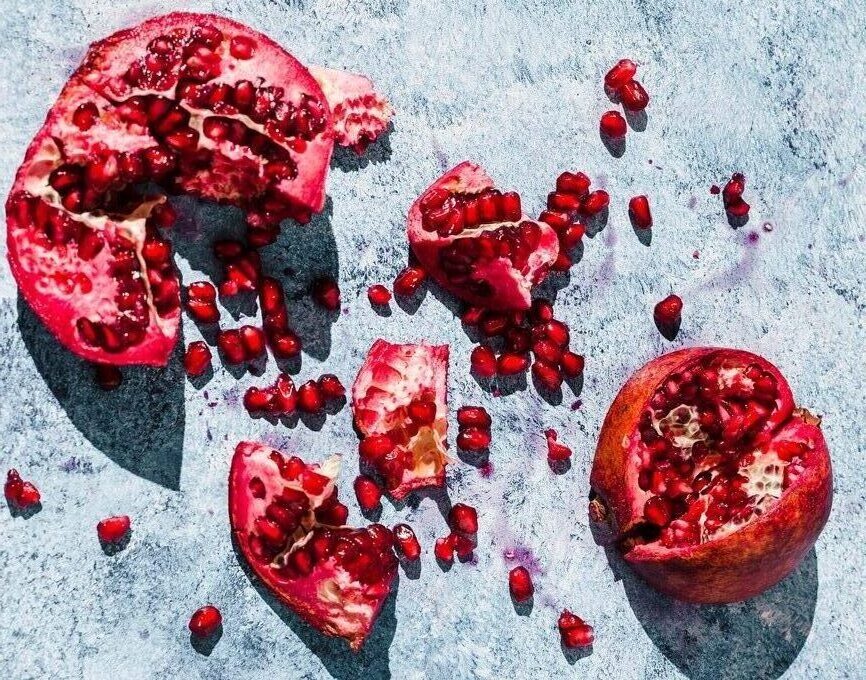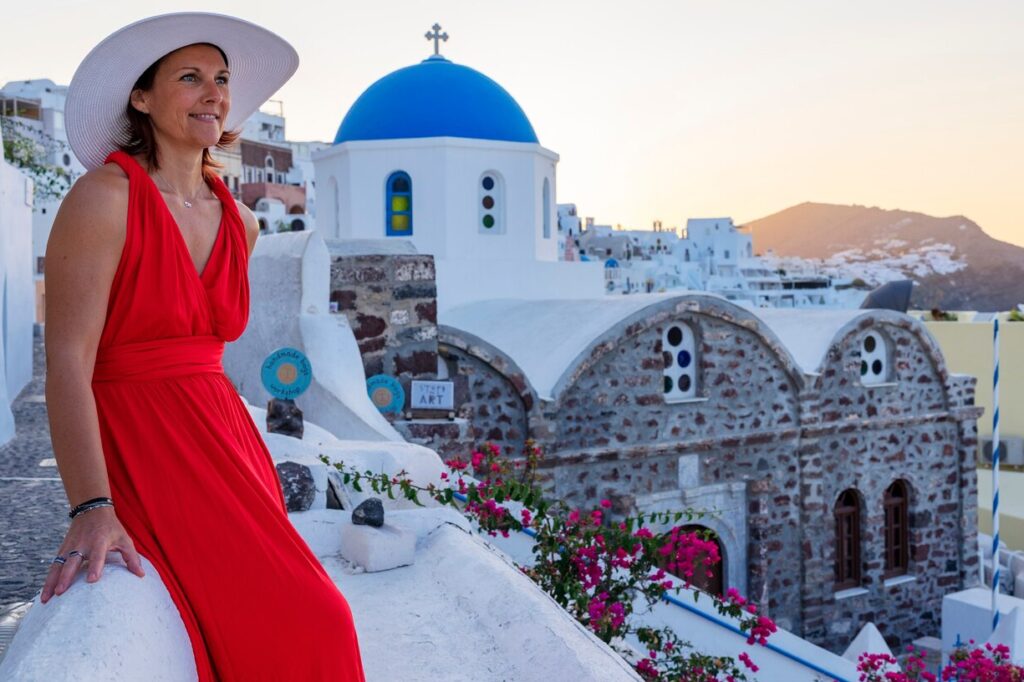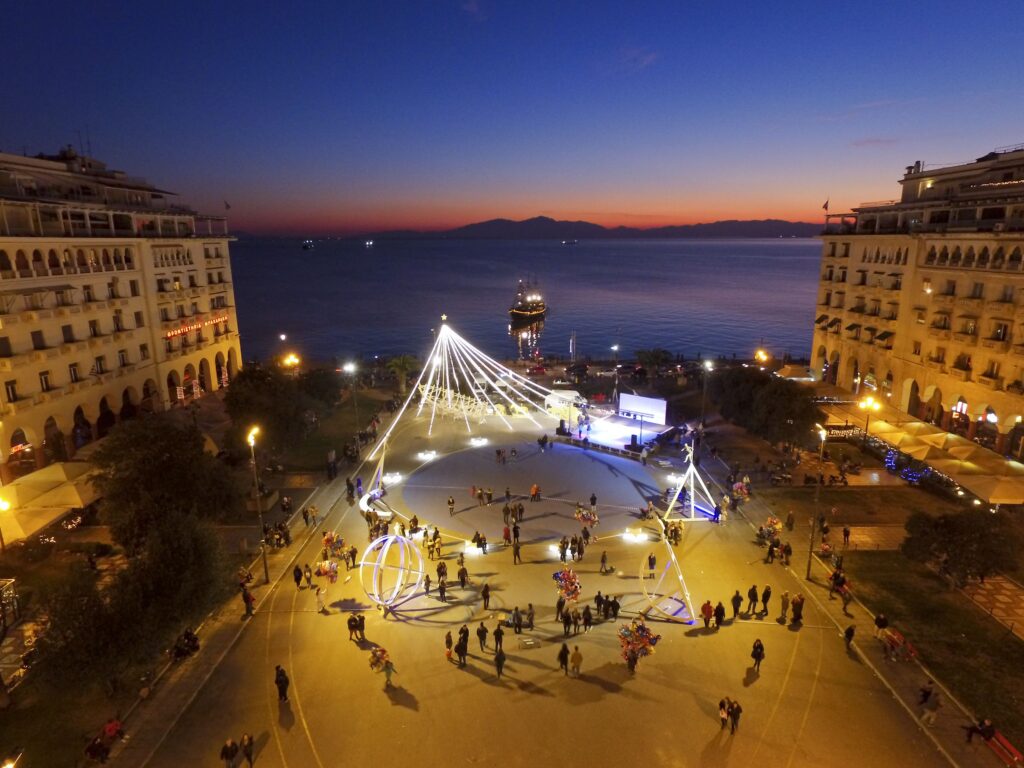Christmas in Greece is not just a holiday but a magical celebration steeped in rich traditions and cultural heritage. From the twinkling lights adorning picturesque villages to the tantalizing aroma of traditional Greek delicacies wafting through the air, Christmas in Greece is a time-honored affair that seamlessly weaves together ancient rituals and modern festivities.
As the winter winds sweep through the historic landscapes, Greece comes alive with festive cheer, enchanting customs, and a deep sense of community.
CHRISTMAS IN GREECE
From the flickering lights of Athens to the snowy peaks of the northern regions, the Christmas season in Greece is a tapestry of unique rituals, delectable culinary delights, and warm family gatherings that reflect the country’s deep-rooted traditions. Join us on a journey through the enchanting Christmas traditions of Greece, where each glittering ornament and echoing carol tell a story that spans centuries.
OH CHRISTMAS TREE
To start, decorating for Christmas in Greece combines traditional charm with modern flair. Familiar festive decorations include lights and Christmas trees everywhere. Thanks to King Otto, the first Christmas tree was displayed in 1833 and through the years, the trees gained popularity and became a prominent decoration.
MAY I BORROW YOUR BOAT?
Also, it is common to see many boats with lights and ornaments in honor of Greece’s rich maritime legacy. They decorate the boats in celebration of the safe return of husbands, sons, and brothers from voyages to sea. This unique decoration style is known as the Karavaki or “Christmas Boat.” The tradition continues today and currently includes both small boats as well as large ships, all covered in bright lights and ornaments. From the beginning, the popularity of boats vs. trees has flip-flopped several times. Now, both are decorated beautifully all over – and quite often, side by side.
SHOP ‘TIL YOU DROP
In addition, you will see a variety of Christmas markets for your shopping in Greece. Athens is the bustling center, offering anything you may want. From more expensive options to the quaint markets of a town like Marousi, every market is filled with festive goodies. There is no shortage of gifts, souvenirs, and delicacies from Greece. No matter where you go, Christmas shopping in Greece is a delightful event.
(NOT SO) SILENT NIGHT
Another wonderful tradition of Christmas in Greece is known as Kalanda. Originally, on Christmas Eve, young boys would gather and go caroling in the streets. This custom has evolved and now all young children as well as adults go door-to-door, spreading cheer by singing festive songs. Many years ago, some singers would carry small boats decorated with nuts which had been painted in gold, reviving an old custom from the Greek Islands.
Once the carol was finished, the singers would wish the homeowner good health, much happiness, prosperity, and in some cases, a good crop. In return, the residents gave treats such as nuts, dried figs, and sweets to the carolers.
NO TROLLS ALLOWED
In contrast, the Greek folklore also includes some very unwelcome visitors. Mischievous Christmas spirits, known as Kallikantzaroi, appear during the 12 Days of Christmas beginning December 25 and continuing through Epiphany on January 6. According to the legend, they are hairy, ugly, and disfigured creatures that live in the underworld. Their purpose is to cut the roots to destroy the tree of life. Many believe they are the devil’s minions, while others believe they are simply mischievous tricksters. Regardless, they are only allowed to roam freely on Earth during this time. These spirits like to enter local homes, steal food, make messes, and hide things like tools. Thankfully, they are afraid of water, fire, and any religious symbols.
LET THERE BE LIGHT
Further, Greek folklore holds that residents do several things to ward off these evil beings. First, they will leave food out on their rooftops for the goblins, hoping to appease them. Also, since the trolls are afraid of fire, keeping the traditional Yule Log burning is imperative. Additionally, residents will keep ashes to spread on the crops in the new year and keep some under their bed for good luck as well.
SWEET BASIL
Another interesting custom of protection involves a bowl and some basil. They wrap the herb around a twig, wire, or string, attach a small wooden cross, and drape it across a bowl of water. The water is to keep the basil fresh. Daily, Mother will dip the cross into the “holy” water and sprinkle a bit of it into each room in her home – specifically to ward off the Kallikantzaroi.
DUMB AS A COLANDER
Fortunately, these evil elves are, well, simply dumb. They cannot even count to 3. Another way to prevent them from entering homes is to place a colander on the front steps. These ignorant creatures become distracted attempting to count the holes, which they cannot do. On the Day of Epiphany, January 6, they panic and rush back to the nearest hole or dark cave to return to the underworld. Since priests purify the waters of the world and Jesus is baptized, the holy water has regenerated the tree of life, and this will keep them busy for another year.
THE BREAD IS IN THE OVEN
Fortunately for the devout, the Midnight Mass on Christmas Eve ends their Advent fasting. However, the main meal is prepared on Christmas Eve to be enjoyed on Christmas Day. The traditional decoration for the table is Christopsomo, or Christ’s Bread. Typically, the baker carves the year or a meaningful symbol on top of this deliciousness.
YIAPRAKIA ANYTIME
Normally, the main dish for the meal varies from home to home and region to region, but often it is roasted lamb or pork. Served with the meat are spinach and cheese pies, salads, and a variety of vegetables. Typically common with Greek meals, Yiaprakia, or Stuffed Grape Leaves, will be one of the most popular dishes.
WHY NOT START WITH DESSERT?
Similar to many Christmas meals around the world, desserts are usually the favorites. First, there will be pastries such as Melomakarona, Kourabiedes, Vasilopita and Baklava. They may all start with phyllo dough, but each has its own sweet flavor. Melomakarona are spiced cookies dipped in honey. Kourabiedes are almond cookies with powdered sugar. Vasilopita is the New Year’s Cake for Greece. Just like Mexico’s Three King’s Cake, the baker hides something inside for a lucky person. (In Greece, it’s a coin.) And last but not least, Baklava is a sweet and flaky pastry that has a filling of chopped nuts and is soaked in syrup or honey. Is your mouth watering like mine? Why wait – here’s an easy and delicious recipe for Baklava!
GREEK BAKLAVA
Ingredients:
Chopped Nuts – 1 lb.
Ground Cinnamon – 1 tsp.
Phyllo Dough – 1 (16 oz.) package
Directions:
First, preheat the oven to 350 degrees F (175 degrees C) and butter a 9×13-inch baking dish.
Next, toss together nuts and cinnamon. Unroll phyllo and cut the whole stack in half to fit the dish. Cover phyllo with a damp cloth while assembling the baklava, to keep it from drying out.
Then, place 2 sheets of phyllo in the bottom of the prepared dish. Brush generously with some of the melted butter. Sprinkle 2 to 3 tablespoons of the nut mixture on top. Repeat layers until all ingredients are used, ending with about 6 sheets of phyllo.
Following, using a sharp knife, cut baklava into 4 long rows, then diagonally 9 times to make 36 diamond shapes. Be sure to cut all the way through to the bottom of the layers.
Finally, bake in the preheated oven until golden brown and crisp, about 50 minutes.
While Baklava is baking, combine sugar and water in a small saucepan over medium heat and bring to a boil. Stir in honey, vanilla, and lemon zest; reduce heat and simmer for 20 minutes.
When done, remove baklava from the oven and immediately spoon syrup over it. Let cool completely before serving. Store uncovered and enjoy!
SOMETHING’S MISSING…
Indeed, you may be thinking we’ve overlooked a pretty important part of the whole season. What about gift-giving? For Christmas in Greece, it is a meaningful tradition to exchange presents on New Year’s Day, known as St. Basil’s Day. St. Basil, or Agios Vasilis, is Greece’s Santa Claus and delivers the gifts. After presents, it is common for families and friends to play card games or participate in raffles or other games of chance. It’s all about making sure everyone has good fortune in the new year ahead.
WHO’S FEELING LUCKY?
Another special tradition on New Year’s or St. Basil’s Day is called Pothariko. A family member enters the home with their right foot first for good luck all year long. Customs differ as to who gets to be the one entering the house. Some only allow their first born. Others allow the “man of the house” or many choose a child for their innocence. Regardless of whom, they enter the house holding a pomegranate and break it at the front entrance. Seeds scatter and symbolize happiness and good fortunate for the home – and the more seeds, the better the luck!
Clearly, while we may be familiar with the blue water and sun-kissed beaches, we’ve yet to celebrate the holidays in Greece. Christmas in the heart of the Mediterranean is a tapestry of traditions which are deeply rooted in its rich cultural and religious history.
So until we experience the spectacle of lights, the amazing flavors, and heartfelt traditions that make Christmas in Greece so magical, it remains on our bucket list.
Kala Christougena!
Follow along on our 12 Days of Christmas Journeys:
Barbados – Day 5
Greece – Day 6 (This Post)
